It always surprises me when people say, or write, that museums are intimidating and must be made more visitor-friendly, as if a Beaux Arts building or grand staircase were too formidable for the average person, who braves far scarier things at a sports event, club or rap concert, to tackle.
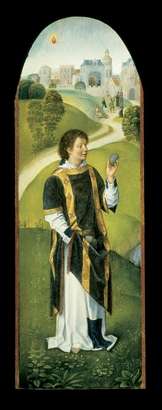 Nevertheless, many museums have accepted this and are striving to change their ways and even (sometimes, sadly) their architecture. Last week, in this context, the Cincinnati Art Museum introduced what’s believed to be the first of a new kind of introductory gallery. Other museums, I know, are either planning or contemplating something very similar.
Nevertheless, many museums have accepted this and are striving to change their ways and even (sometimes, sadly) their architecture. Last week, in this context, the Cincinnati Art Museum introduced what’s believed to be the first of a new kind of introductory gallery. Other museums, I know, are either planning or contemplating something very similar.
An article in the Cincinnati Enquirer (there’s no press release on the museum website as I write) described the effort as a “greatest hits” gallery; it’s also talked about, at other museums, as a “taste of” the collections gallery. The point is to show people, as soon as they arrive, what kinds of treasures lay before them, so they may choose what they really like.
This one has another purpose, as you will soon see; it’s quoted below.
In Cincinnati, curators selected 18 objects from an initial list of 150, ranging from ancient Egypt to Andy Warhol. Chosen for their beauty and their power, the museum put them in a long gallery connecting the lobby with the museum’s Great Hall as an introduction to its collections. Then it went further:
Except for two sculptures in the lobby, each piece is encircled in tall, black, fringed curtains so visitors see only one piece at a time. Text panels made of self-illuminating engraved acrylic explain each work….
“We have been working for the last several years to rethink how we bring people and art together, which is our mission,” said museum director Aaron Betsky. “What we need to do is create moments where people could have intense encounters with unique works of art while being part of a social atmosphere, a community where people gather around art.
“Having done that, we’ll then encourage people to see the rest of the collection.”
The article provided two positive reactions from visitors, although one said she thought the darkness of the installation was related to Halloween at first.
A commenter to the article cited one obvious flaw — the lack of guidance in the display: “Give some sort of “If you like this than check out _______” that directs visitors to other parts of the collection that share some characteristics with the piece they are looking at.” Surely, the museum did not think that would be too authoritarian, did it?
Here are the selected works (two illustrated here):
[Read more…] about The Rise Of the “Taste Of”/”Greatest Hits” Gallery

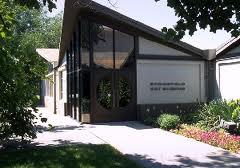 Two things have happened since.
Two things have happened since.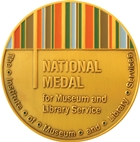 I might not have noticed, except that one of this year’s winners, the Brooklyn Museum, sent out a press release, which prompted me to look at the
I might not have noticed, except that one of this year’s winners, the Brooklyn Museum, sent out a press release, which prompted me to look at the 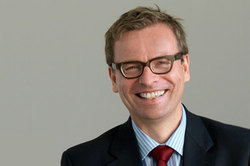
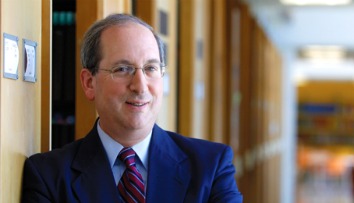 There are skeptics out there. Still bruised by the battle set off in January, 2009 when the university tried to turn the Rose into an arts center, they are withholding judgment about his sincerity.
There are skeptics out there. Still bruised by the battle set off in January, 2009 when the university tried to turn the Rose into an arts center, they are withholding judgment about his sincerity.